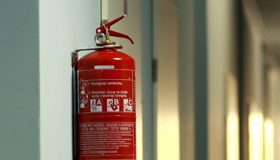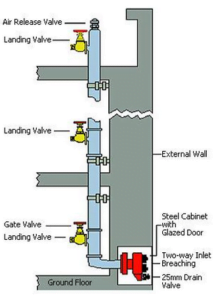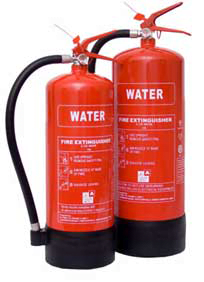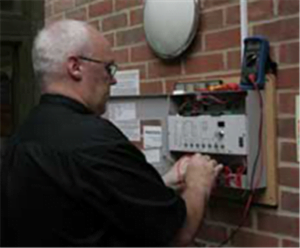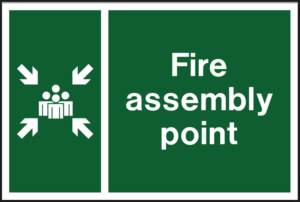
The British Standards Institute (BSI) Group produce a number of standards by which products manufactured within Britain, should adhere to. One of the objectives as laid down by the authority, The Royal Charter, is as follows:
‘Set up standards of quality for goods and services, and prepare and promote the general adoption of British Standards and schedules in connection therewith and from time to time to revise, alter and amend such standards and schedules as experience and circumstances require’
—BSI Royal Charter, Faller and Graham (http://en.wikipedia.org/wiki/British_Standards)
The British Standards are not out of date or merely “suggested guidance”. The legislation of the Fire Safety Order (FSO) requires a Responsible Person to make use of Competent Persons to carry out maintenance; the guides to the FSO make reference to all the relevant British Standards (as working guidance documents) to carry out this maintenance. When fire safety is concerned it is not safe to make personal judgements on which parts of the standards we like and which parts we want to ignore for expediency or ‘cheapness for the customer’.
Ignorance is not an excuse
Best practice is exactly what it says. The practice of the best standards as advised by the experts. Ignoring British Standards and going against The Royal Charter’s authority could land you with staff or members of the public at serious risk of injury, not to mention, in serious legal hot water. All guidance documents are freely available to ensure you are compliant and gov.co.uk have HSE guidance on their website.
Correct equipment
IFEDA have seen foam extinguishers advertised as a ‘one for all’ fire extinguisher, suitable for use on all fires. Part 8 of BS5306-8 specifically states that only powder or CO2 is safe for use on electrical risk fires and therefore, the installation of a ‘one for all’ fire extinguisher is going against British Standards. Admittedly foam extinguishers can be tested and pass a 35kva dielectric test – however pooling and/or wetted surfaces can still result with the possibility of electric current passing through or along – hence the stipulation for CO2
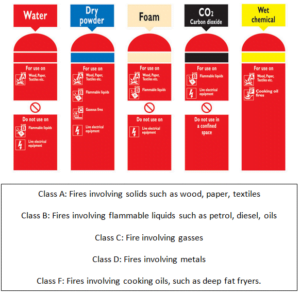
IFEDA has also seen a water based extinguisher that has a C class pictogram on it. Yet BS EN 3 states that only powder extinguishers shall carry this ‘C’ pictogram/marking, that signify fires involving gasses.
Below is a perfect example of a small diagram you could use to remind everyone of the correct fire extinguishers to install and when it is appropriate to use them.
If you are the responsible person, make sure you fulfil that role and ensure British Standards are not ignored.
Fire extinguisher servicing and maintenance
To ensure ongoing compliance with British Standards, you must keep safety checks up to date. Monarch Fire (UK) Ltd offer a number of Fire Extinguisher servicing and maintenance packages: from a basic fixed fee extinguisher service to more comprehensive package. Both include Fire Extinguisher testing and fitting.
Inspiration taken from http://www.ifeda.org/
